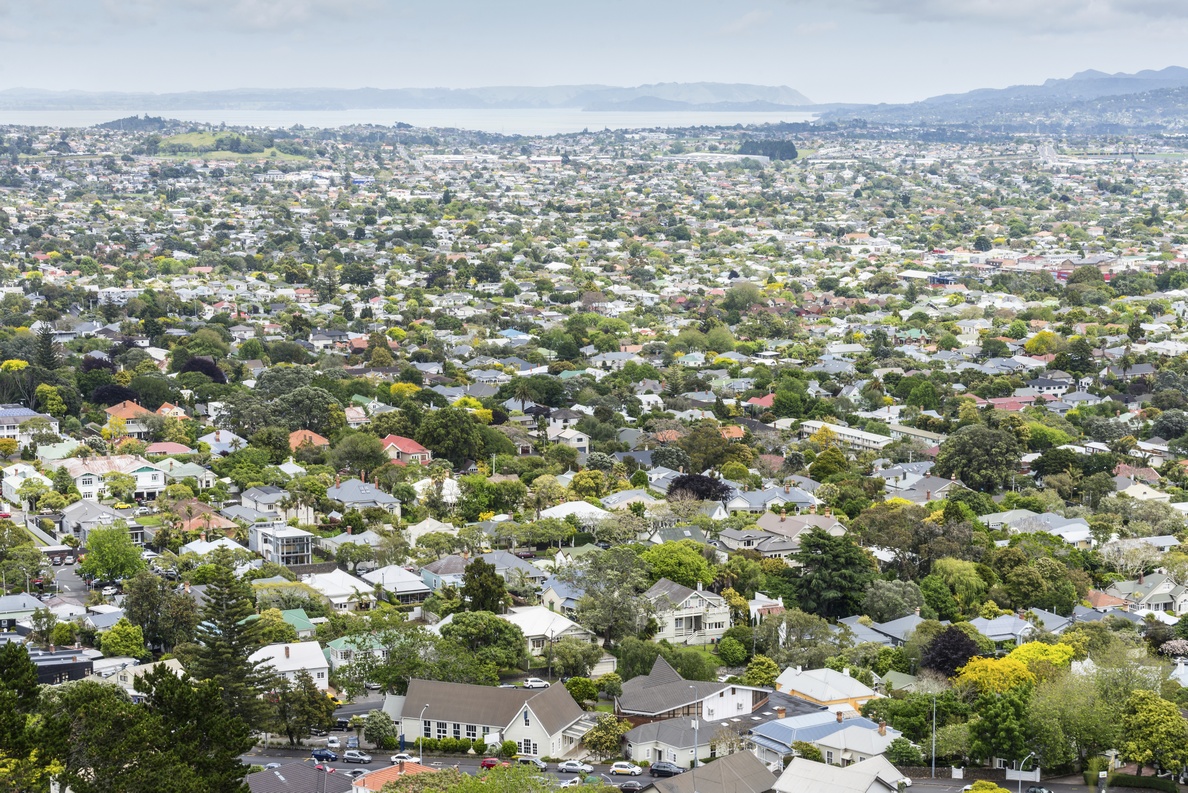Better together? Wetlands, parks and housing prices in Auckland
Author:
Mario Andres FernandezSource:
Auckland Council Research and Evaluation Unit, RIMUPublication date:
2021Topics:
HousingExecutive summary
Wetlands may be broadly categorised as natural or artificial (e.g. stormwater). Natural wetlands are ecosystem features that provide amenities such as biodiversity, flood control or water purification, though they also imply disamenities such as insects or limits on development. Artificial wetlands are a type of built infrastructure that mimic the natural on serving the purposes of stormwater collection or flood control. Urban planning defines the dimension and location of built infrastructure and open spaces across Auckland. Wetlands and parks affect the shape of the city, which is incorporated by households when making housing purchase and relocation decisions and, consequently, prices.
This study uses hedonic prices (HP) models to investigate how wetlands affect residential property prices in the Auckland region. The HP models rely on market transactions for differentiated houses to determine the implied value of each of the housing characteristics and other environmental amenities affecting prices.
Nonetheless, the arising empirical challenge is the spatial overlap of wetlands and parks, resulting in a bundle of features. This is not trivial because the net benefit to households of the bundle may differ substantially due to size, configuration, house location, landscaping and even market segments. Most importantly, wetlands and parks separately may have either positive or negative effects on prices. Thus, when bundled, effects may cancel out resulting in statistically insignificant estimates. That is, results interpretation may mislead to the conclusion that parks or wetlands have no effect on prices. Hence, the models in this report differentiate between two types of wetlands (natural and artificial), and their spatial intersections with parks. Rather than considering a single homogenous good, wetlands and parks are represented as combinations of multiple goods and services to estimate the marginal value of proximity.
Results reveal a non-linear price premium for every kilometre a house is closer to an artificial wetland intersected with a park. For the case of natural wetlands, an increase of 1000 square metres (within a 300 metre radius around each dwelling) leads to a price decrease of 0.07 per cent. But with a greater scale (a radius of 600 metres) the same increase of natural wetlands leads to a price premium of 0.12 per cent. That is, natural wetlands have a net positive value on housing prices.
This report informs asset management strategies, about the contribution of artificial wetlands (inside parks) to Auckland’s urban shape, and conservation efforts about natural wetlands.
Auckland Council technical report, TR2020/025.
November 2020
